- Author and Illustrator: Jonathan Waller www.jonwallercoach.com
- Publisher: Findhorn Press (USA)
- Publication Date: January 2025
- ISBN No: 979-8-88850-092-7
- Recommended Retail Price: US$ 30.00 / GB£ 20.00
- Reviewed by: Scorpio
Jonathan Waller is a life coach, practising astrologer and independent scholar of Jungian psychology and transpersonal psychology. His interest in astrological archetypes developed as a result of studying the work of C G Jung during the pandemic. This deck and book is a consequence of those studies. More information on his background and philosophy can be found in the biographical notes on his website and at the end of the book that accompanies the deck. Some of this makes for dense reading, but is worth doing in order to understand his approach and to derive greater benefit from exploring the Oracle.
The set consists of an A5 335-paged paperback and 55 cards, all in a presentation box that is bulky and heavy. Pages 9-32 of the book include an Introduction, the Basics of Chart Reading, How to Use the Deck and How to Read the Book. These sections also give further insights into Waller’s original thinking which you may agree with completely, partially or not at all. (If the latter, it shouldn’t stop you from using and enjoying the book and the deck.) Nevertheless, as an example, Waller dislikes the use of Signs and Houses, as in his view astrologers place too much emphasis on them making astrological practice difficult and unappealing.
If you are not especially “astrology minded,” you might find some of the introduction a little dry and technical. The author concedes that not everyone will want or be able to work in the way he recommends e.g. understanding the planets in your natal chart, and their interrelationships.
The section on Planetary Archetypes (page 35 onwards) presents each archetype as follows:
First, there is a card for each individual planet, also shown in the book in grayscale with a quotation from the famous (e.g. Walt Whitman for the Sun, Albert Einstein for Sun-Mercury) and an original poem. Then there follows a description of the Archetype, followed by its Gifts, its Challenges and its Invitations which form the personal development and meditation aspects of this work. This is done for each of the ten planets individually.
The second part of this section goes on to describe “Planetary Pairs” which covers the aspects (natal or in transit), and, again, includes Gifts, Challenges and Invitations for each pair or aspect. It is important to note that there is just one card which can apply to any aspect between the same two planets, as when one person has a Sun-Pluto opposition and another has a Sun-Pluto sextile, the same Sun-Pluto card is used.
Waller also designed the cards himself, including a white border at the top with the number of the card and another white border at the bottom with the name of the Planet or Planets. The cards are wide for shuffling, possibly because this deck was designed for conscious rather than intuitive selection, so shuffling isn’t necessary. To illustrate this; if the Moon transits your natal Jupiter for instance, you would read about and meditate on card 23; or if transiting Mars squares your natal Saturn, you would work with card 42.
As it isn’t possible to review each of the 55 cards, the following descriptions are of images which caught my eye (favourably or unfavourably). Some images not mentioned here can be seen on Waller’s website or on online sales sites.
Cards 1-10 are for the planets in isolation. The Sun card is curiously dark and rather like a Sunflower. The Sun in the Sun-Moon and Sun-Uranus cards is much brighter and perhaps more like how one would expect the Sun to look. Saturn is just Saturn surrounded by its rings, almost like a photograph. The remaining cards vary between abstract, semi-representational and pictorial.
The remaining 45 cards are the planets in pairs.
Not all the cards are themed as to colour or style. This was slightly distracting at first but this feeling could be due to being used to dealing with themed tarot decks. Some pairs in a “set” are abstract and others in the same set, realistic. For example, Mercury and Sun-Mercury are both abstract, Moon-Mercury is pictorial (a boat at sea), Mercury-Jupiter is a Wise Man in a cave with hundreds of books. Some of the Jupiter cards are semi-abstract with some depicting architectural features.
Cards involving Saturn tend to be very dark and grim. There are hints of sun or moonlight penetrating rocky enclosures and the Mars-Saturn card (a sword in a stone) includes a small amount of red sky and a white Sun. Saturn-Pluto is grim and to my mind unsettling (a small dark grey figure facing a black hole). For some reason there are three of these cards in my pack (Card 52)
The Venus cards are, for my taste, too feminine, with a pre-Raphaelite feel. Waller’s untimed natal chart is included in the book and shows his natal Venus in Pisces which could explain this. Except for Mercury-Venus and Venus-Jupiter the designs are flowery. Venus is a stained glass rose, Sun-Venus is a yellow rose, Venus-Uranus is a red rose (the card includes a nod to Uranian technology with the way the rose is printed). The rose is a flower of Venus, but three of them in a set seems excessive. Venus-Pluto, which can be a challenging aspect, shows a figure in a flowery (non-rose) setting. These images have a sense of stereotype rather than archetype as Venus isn’t always pretty.
The cards featuring Uranus are lively. There is plenty of vibrant colour including the electric blue associated with Uranus which is the ruling planet of Aquarius, and the sign of Waller’s natal sun. Mercury-Uranus is witty: a tree with decorations – look closely and you’ll see these are tiny mobile phones, internet cable terminals, even a file pin. Mars-Uranus is a vividly-coloured spaceship.
The aim of the Oracle is personal development. For someone who is not a “visual” person the book alone is worth having for its insights. Other users will enjoy the cards as well as the book, even if at times they might query some of the designs. Tarot readers with an interest in astrology could find this publication an artistic means of enhancing their knowledge. In conjunction with a chart for the appropriate date, the book and deck can be used for milestone birthday readings, and for looking at the influences prevailing at the time of significant past events in order to understand them better. They could be used to see what to be aware of at the time of something planned for the future, though not fortune-telling per se.
The cards can be used in conjunction with tarot to increase the depth and scope of a reading either for yourself or for your clients. They can also be a useful tool for tarot students on a more advanced course where the links between tarot and astrology are explored in depth, for example the TABI Intermediate Course.
If you decide to purchase and use this book and deck, I highly recommend it for its insights.
This deck is now available for purchase from Inner Traditions: and from Amazon.
For further information, or to contact Jonathan Waller, please visit the links below

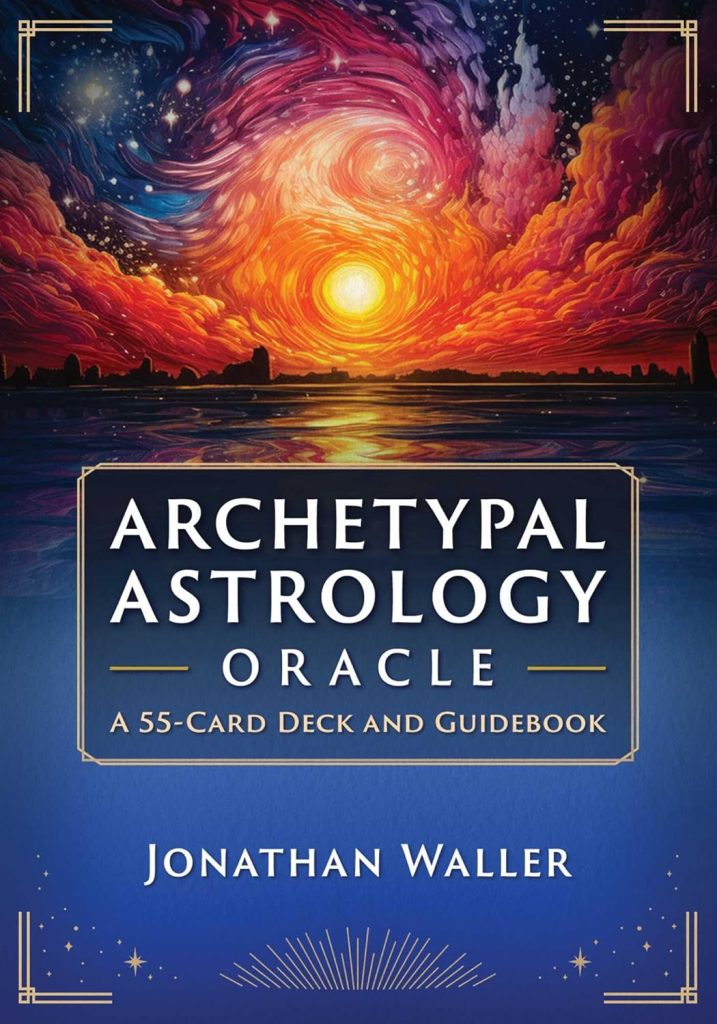
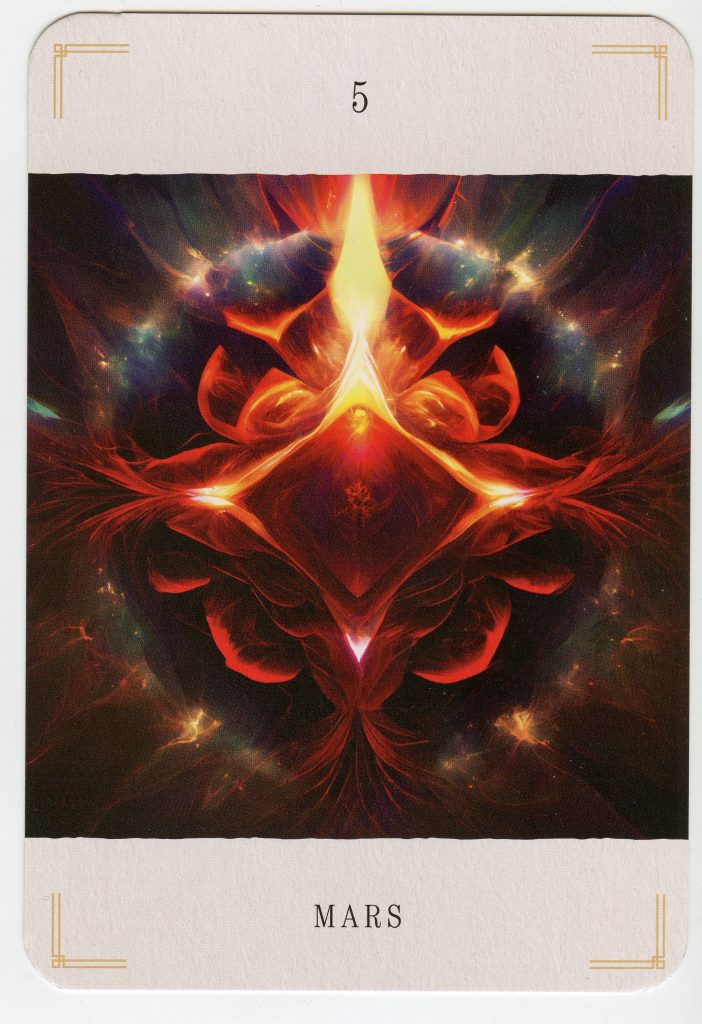
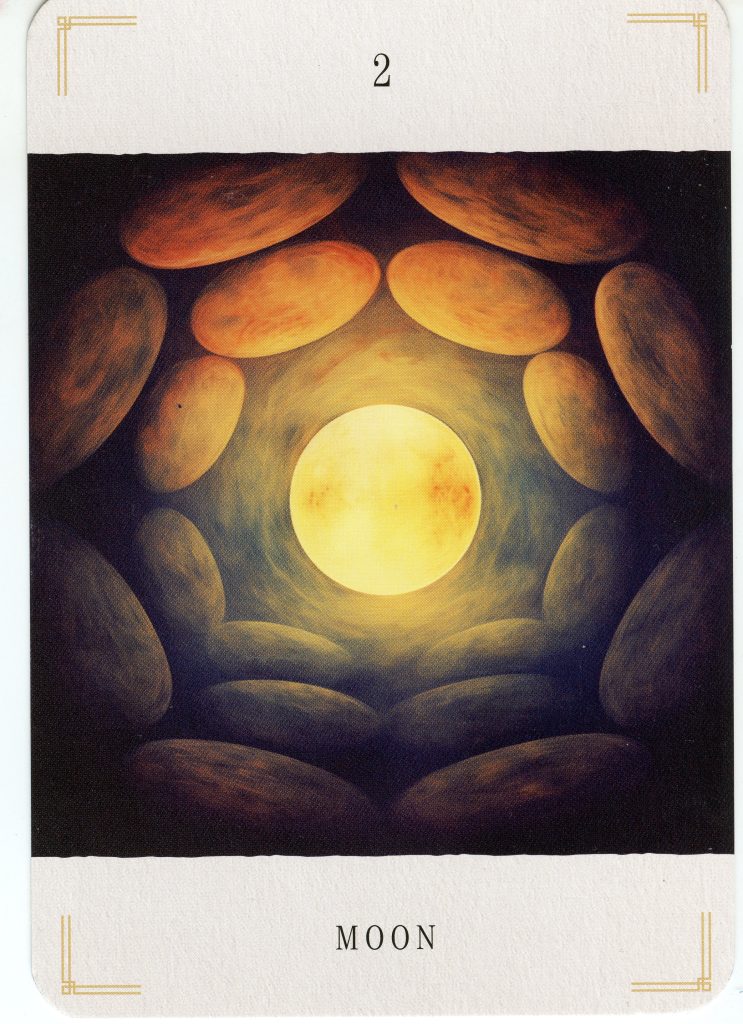
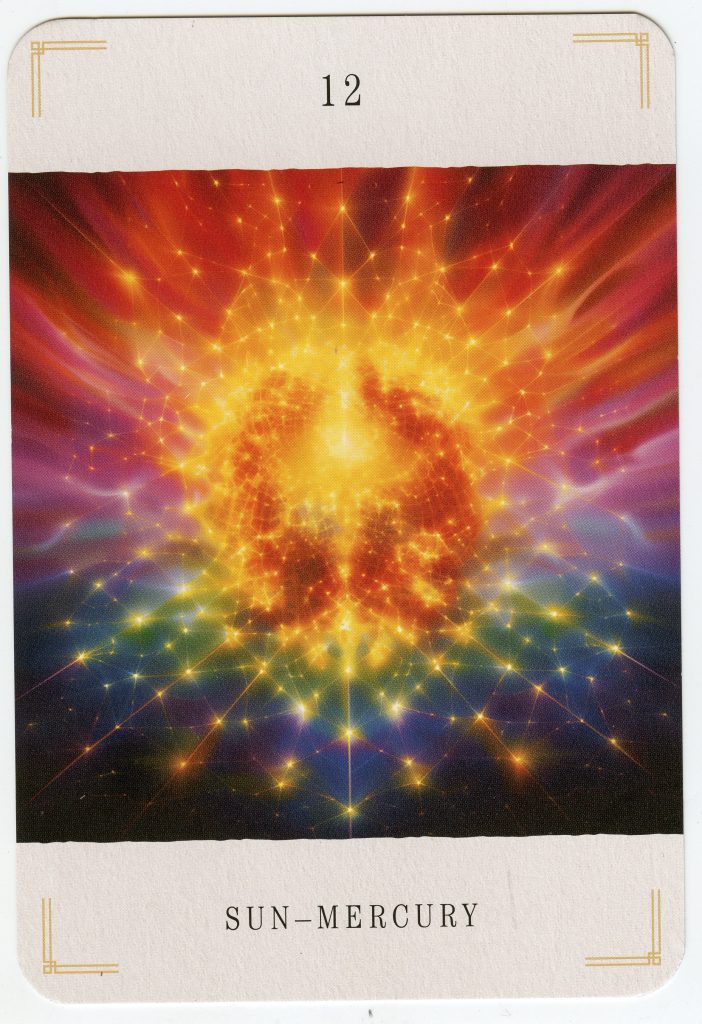
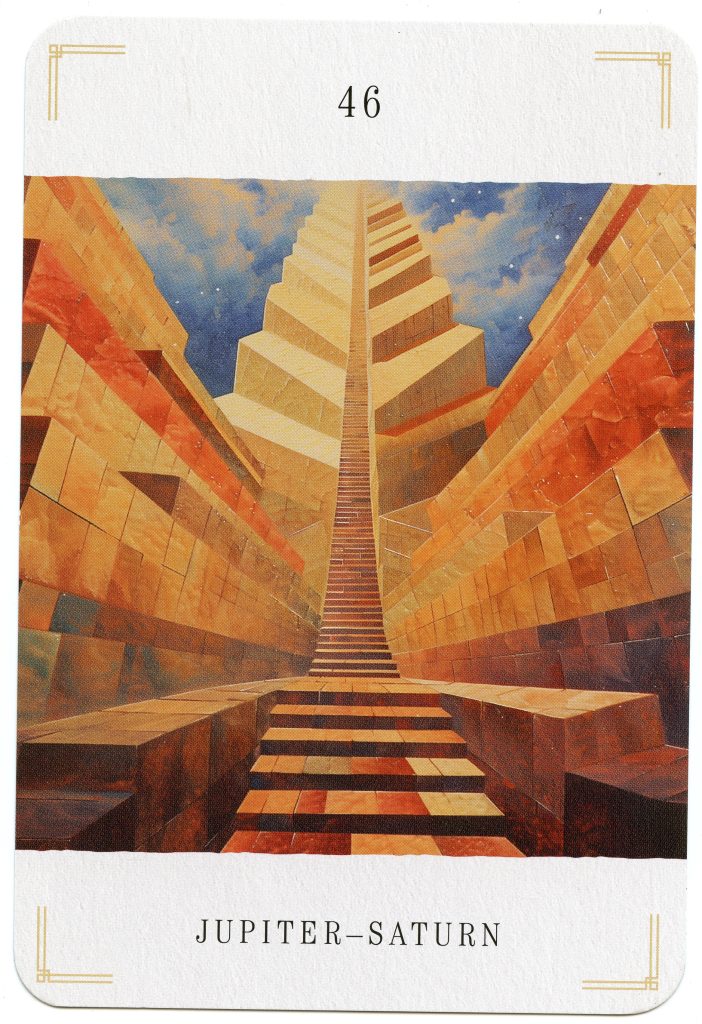
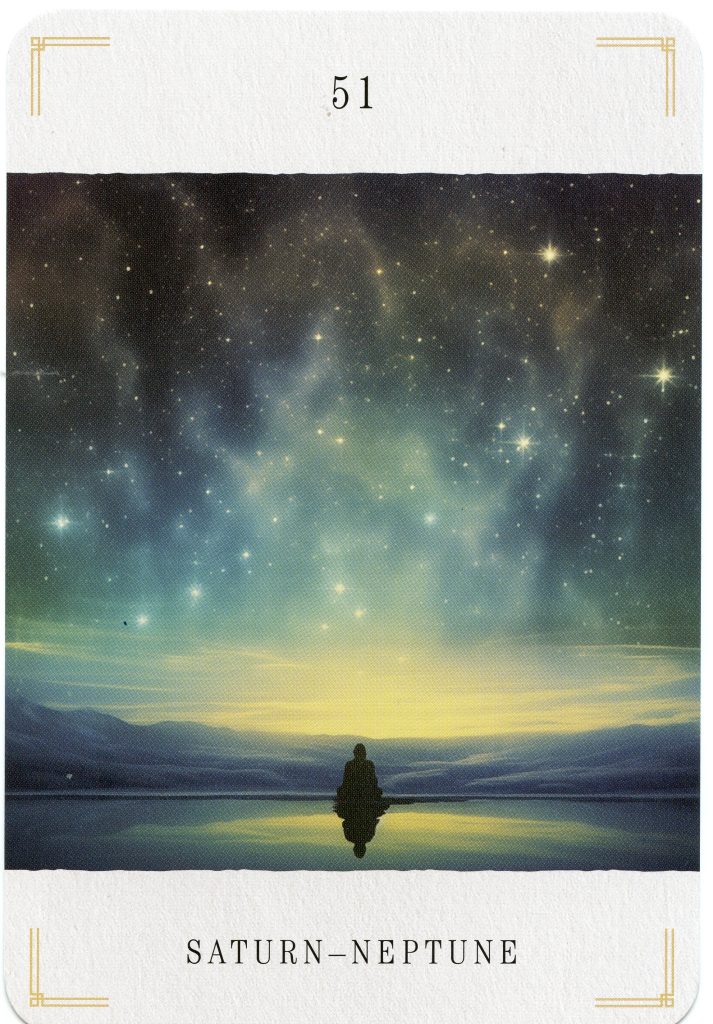
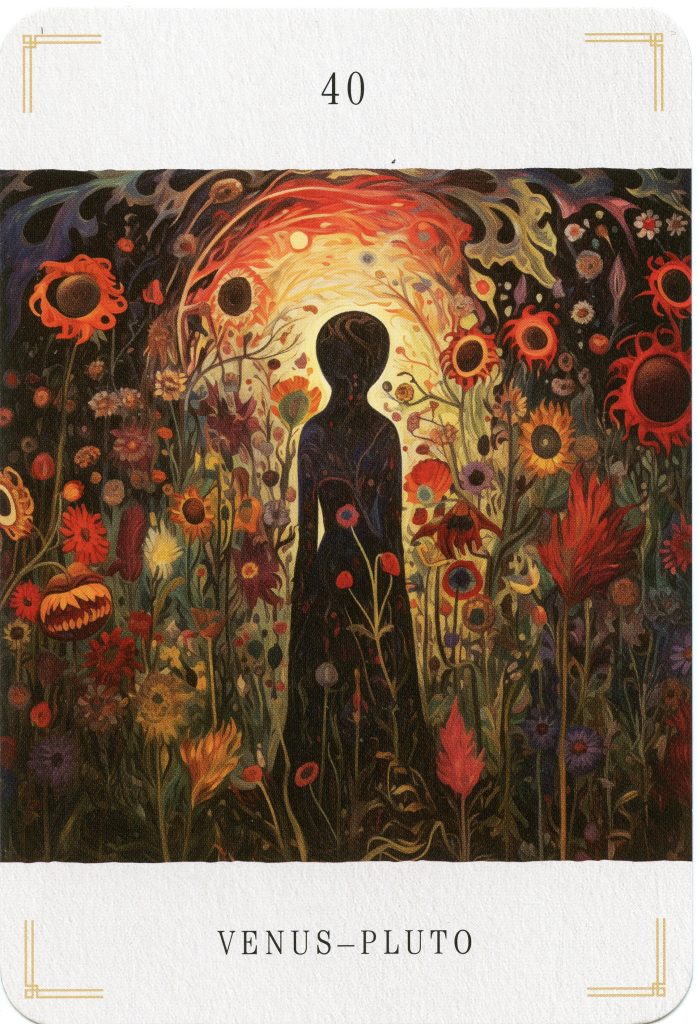
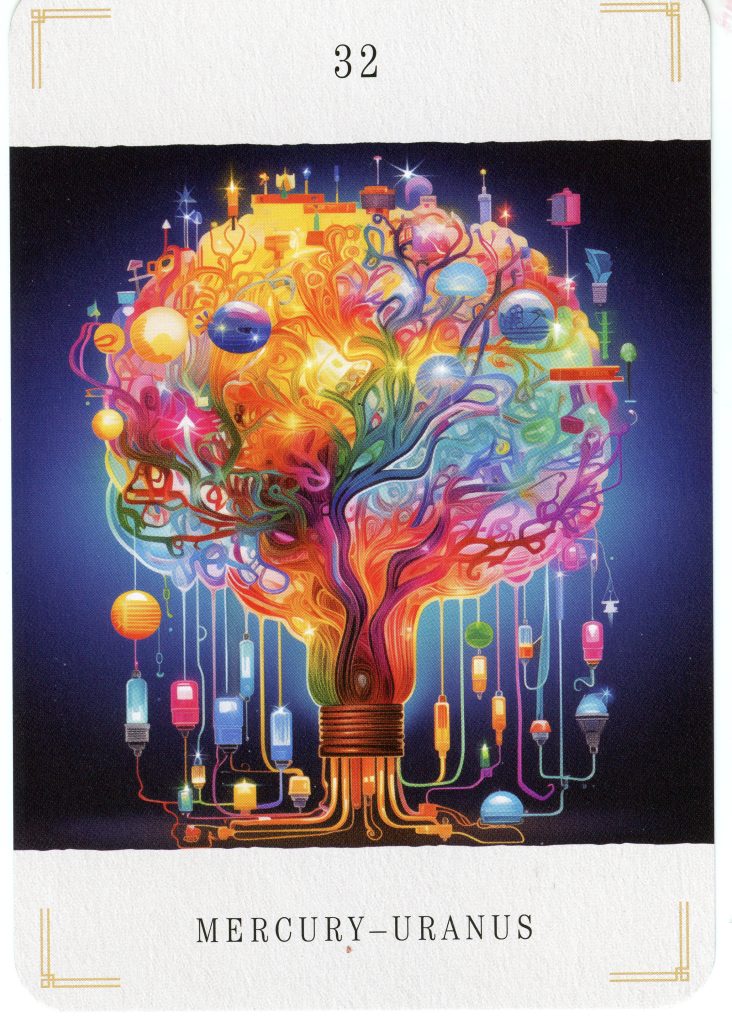




0 Comments